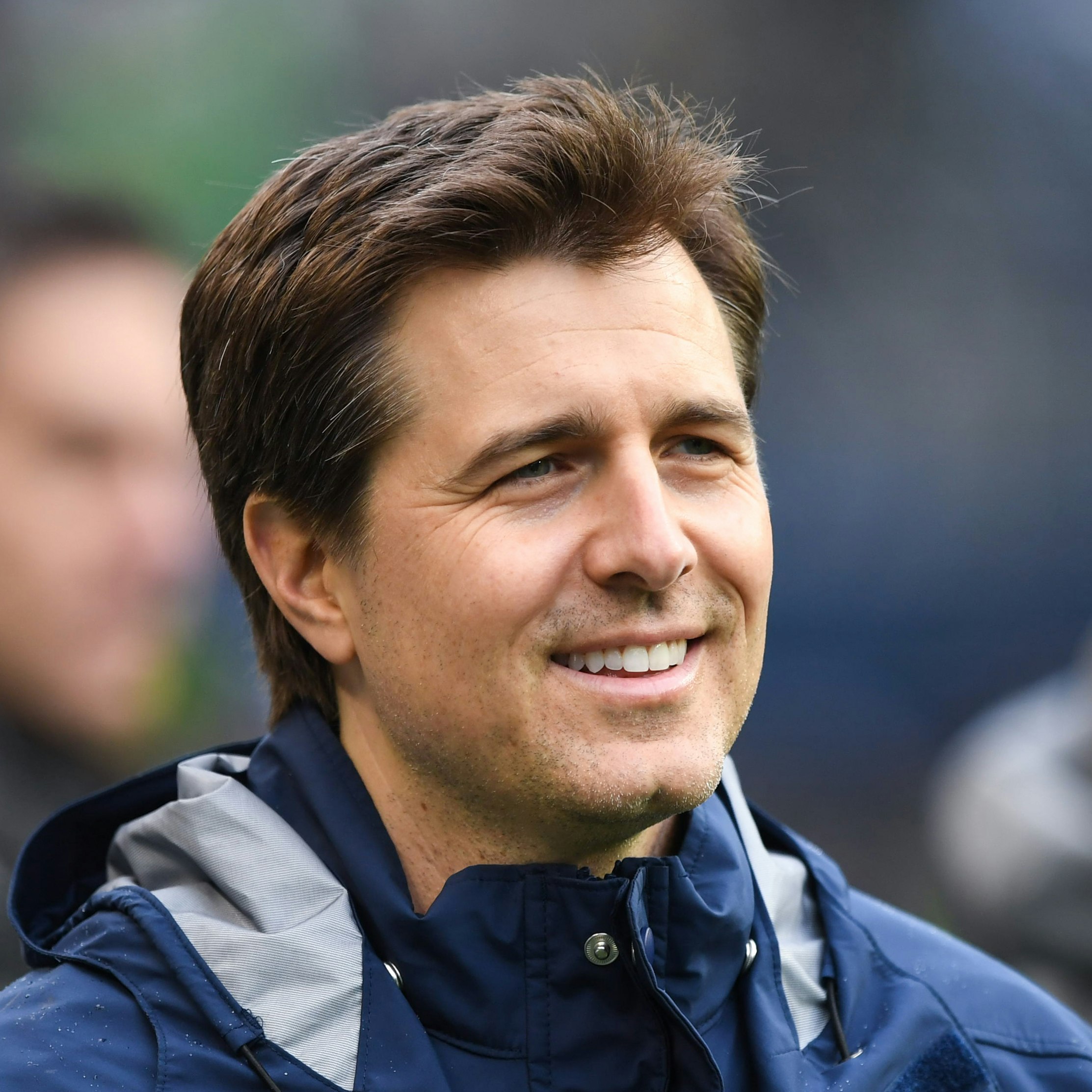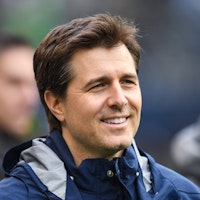

The Science of Endurance and Superhuman Feats
Setup
The ability to endure is the essential trait in every extreme athletic endeavor. Hundred-mile races, Himalayan Mountain expeditions, and cross-continental treks all require humans to push harder and achieve more than we ever thought possible. How important is the delicate interplay between mind and body in the struggle to keep pushing despite an agonizing will to stop? What is the distinction between physical and psychological endurance? Peak-performing explorers, mountaineers, ultra-runners, and sports psychologists share insights into how humans push beyond perceived physical limits to accomplish something extraordinary.
What’s your Everest?
Professional endurance athlete Colin O’Brady is the first to admit that his journey is an unlikely one. After suffering burns over most of his body, doctors were convinced that he wouldn’t walk again. But he had other plans, so he retaught himself to walk, became a professional triathlete, set mountain climbing records, and was the first person to cross Antarctica unaided. After that last accomplishment, which most extreme athletes thought was physically impossible, he (understandably) got asked if he was a “superhuman.” His response? We all have these feats inside of us; it’s up to us to choose our Everest and start climbing:
Enduring begins where endurance ends
Hilaree Nelson was practically born on skis, but when she was approached to join a ski mountaineering expedition she had no idea what she was getting herself into. Her first expedition was miserable, yet it ignited something inside of her that she didn’t know was there. Fast forward 20 years, and she’s now one of the most accomplished ski mountaineers in history.
One for the record books
What Nelson discovered in herself, she says, is an unending desire to test her limits. She was already physically very strong, so the limits she found herself surpassing were all mental. And that, according to Nelson, is the ability she possesses that makes her seem superhuman. There are people who can lift heavier weights than her and run longer distances, but she can endure.
Big IdeaEndurance is something you can fulfill with physicality, but to endure—to have a 20 year career over 40 expeditions—that is the mental capacity to continue through these hardships, through failure, and to come back from failure.Hilaree Nelson
Pain is mandatory, but suffering is optional
Professional runner Megan Roche says that a 10K race is a different kind of pain than a 50K race, but competitive running hurts no matter the distance. So how do professional athletes deal with their own bodies telling them to stop? Roche and Colin O’Brady describe how they work with, not against, their minds:
Having the tough conversations
Endurance athletes have always been physically dominant, says sports psychologist Michael Gervais, but at the same time there’s been a stigma around mental health in sports. Physical strength is usually prioritized at the expense of mental strength, and that’s both prohibited athletes from reaching their full potential and caused many non-athletes to not even find out what they’re capable of:
This excerpt has been lightly edited for clarity:
-

Michael Gervais: Confidence is a trainabe a skill. Being able to focus deeply across any condition is a trainable skill. Optimism is a trainable skill. [Athletes] are raising their hands and saying, ‘you too can do the same.’ So where is the intersection? Hand in glove; the body and the mind work together. The mind is like the software, and the brain is like the hardware that runs it. If one breaks, potential is compromised. So we need both.
Learn More
Additional Information
Explore More
Society

As we wrap-up another year of elevating big ideas at Aspen Ideas: Health, we're excited to share the 15 most-watched sessions from the event. These conversations with inspirin...


Young people in America are struggling. The causes are varied and may not be entirely clear, but the results are unfortunately unmistakable. Many of our youth feel lonely, iso...


Research on aging and extending life and healthspan has ventured beyond humans to our best animal friends – dogs. In less than a year, dog owners may be able to buy a drug tha...

In America, millions of people struggle with mental health including depression, anxiety, and more — all further exacerbated by living through a pandemic. The National Allianc...

Our attitudes, habits, pleasures, and responsibilities shift across the generations, influencing the health challenges we face and how we respond to them. Expectations about h...

Friends, partners, children, families, coworkers — these connections profoundly shape our lives, and even in the best of times, navigating them takes real work. It also means...

New York Times columnist and bestselling author David Brooks is known for bringing his thoughtful reflections on politics and culture, but at this year’s Aspen Ideas Festival,...

Jump in by watching our 15 most popular talks of all time. From black holes to jazz and civil rights to psychology hacks, we've collected the talks that remain audience favori...

Finding the national and global headlines understandably bleak lately? Whether you need mental distraction or stimulation, engross yourself in compelling topics and get a gli...

The United States spends $4.3 trillion—almost one fifth of the nation’s GDP—on health care. As the scale of the medical enterprise expands, venture capitalists are pursuing th...

Today's kids are coming of age against a backdrop of political, social, technological and economic upheaval. While these circumstances are shaping a precocious generation that...


Hope seems like a simple concept, but the feeling can be difficult to hold onto. And when times are difficult and chaos swirls around us, it’s more important than ever. How do...

Advocates, healthcare providers, legislators, researchers, and venture capitalists are bringing the unique health needs of women to light – from vigorous policy debates on iss...

From the debate over reproductive rights to the epidemic of gun violence to the youth mental health crisis, this year's Aspen Ideas: Health sessions tackled many of today's mo...

The recognition that all things are connected is at once a scientific principle and a philosophical touchstone. Humans, animals, and the environment are intertwined in complex...

Ethical dilemmas, stakeholder pressure, building trust — leading organizations requires wisdom and stamina from the top. Who wouldn’t want some advice?

What makes us happy — really? How can we raise resilient and empathetic children? What does it mean to be truly connected in our increasingly digital world? Can we re-instill...

Our need for human connection is profound and deep. Yet, today, one in two adults are living with measurable levels of loneliness – and the numbers are even higher among young...


Conflict and suffering can bring out the worst in people, but it can also bring out the best. This is one of the lessons New York Times columnist Nicholas Kristof has learned...


The federal right to abortions in the United States has been overturned, access to contraception and IVF services are threatened in many states, and the gender wage gap persis...














